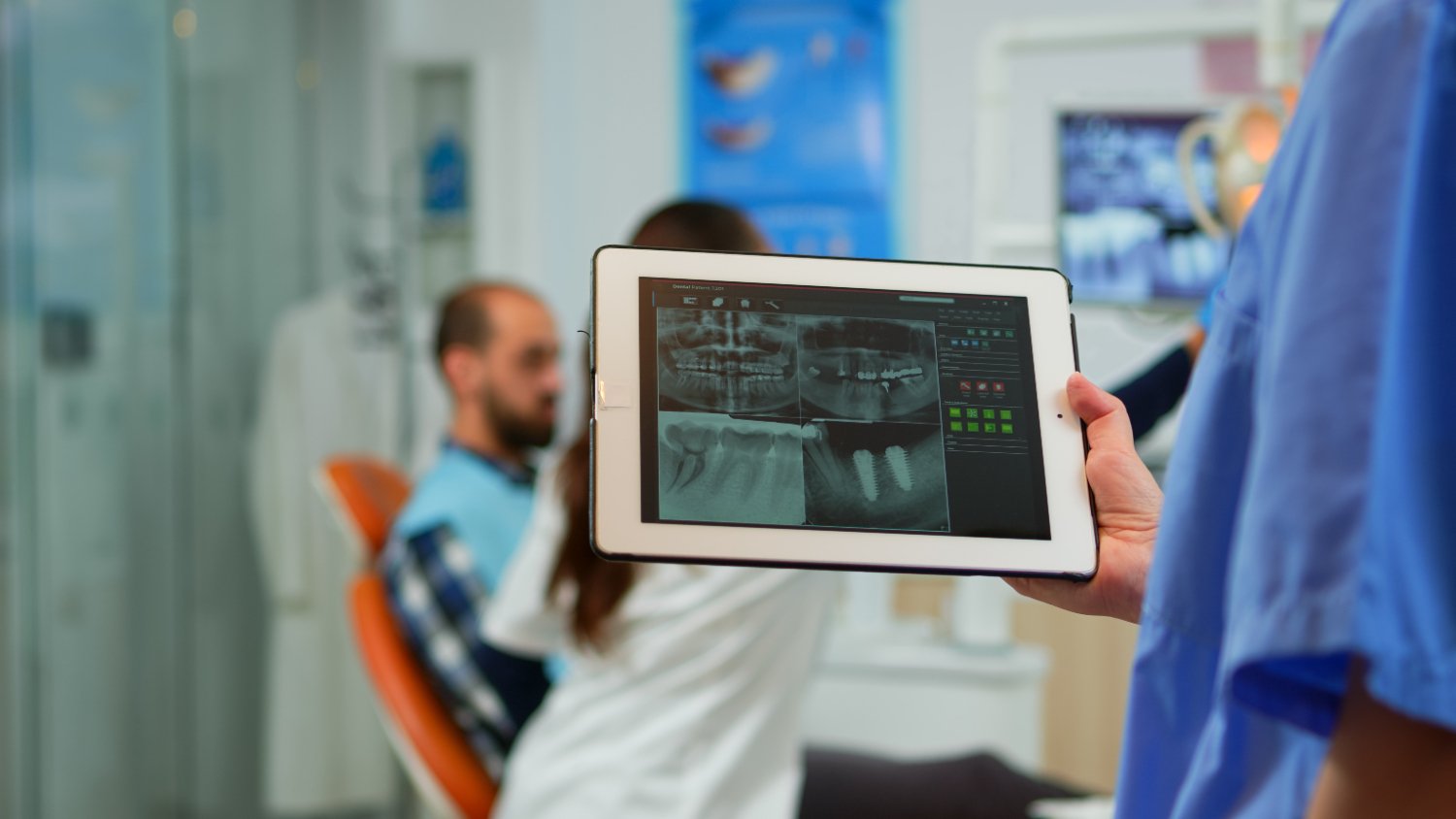Introduction
Hospitals are the beating hearts of our healthcare system, where dedicated professionals work tirelessly to save lives. However, hospitals come with challenges like staff allocation. Poor management can lead to overcrowded wards, treatment delays, and increased stress for healthcare workers. A real-time staff tracking system can provide insights into staff movements and availability. Effective staff tracking helps guarantee that the right resources are available when needed, reducing wait times and improving patient satisfaction. These systems can also identify bottlenecks in patient care.
It’s possible to solve these challenges using computer vision. With the market for computer vision in healthcare growing at a CAGR of 34.3% between 2024 and 2032, computer vision applications are becoming common in hospitals everywhere. To make use of a computer vision-enabled real-time staff tracking system, hospitals also need an efficient MLOPs (Machine Learning Operations) system.
This article takes a closer look into building a hospital staff tracking system using machine learning. We’ll cover training the model, deploying it effectively, and monitoring its performance. We’ll also show how advanced tracking can transform how hospitals operate, boosting productivity, efficiency, and, ultimately, patient care. We recommend checking out our earlier article, “Part 1: MLOps for Hospitals - Building a Robust Staff Tracking System”, before reading this article.
Breaking Down Model Training
Machine Learning Model Requirements for Hospital Staff Tracking
An efficient hospital tracking system requires a powerful machine-learning model that can process data in real time. This system needs to reliably pinpoint and track staff, handle the massive amount of information it receives, and function smoothly within the hospital setting. Since we’re focusing on a computer vision approach, the model will analyse visual data from high-definition CCTV cameras to follow staff movement.
The Model Training Process
The model training process involves the following steps: data preparation, model selection, hyperparameter tuning, and model evaluation.
Data Preparation
Building such a system starts with a rich dataset, as explained in part one of this article. To make the model even more robust, data augmentation techniques like image rotation and scaling can be used to expand the dataset and improve its ability to handle variations. Finally, the labelled data gets split into three sets: training, validation, and testing. The training set teaches the model, the validation set helps fine-tune its performance, and the testing set evaluates its overall effectiveness.

An Example Code for Data Augmentation
Before we discuss selecting a model, let’s take a look at a simple Python script using OpenCV for data augmentation to diversify the data. This Python script with OpenCV showcases three ways to augment images for training a machine learning model: horizontal flip, brightness adjustment, and rotation.
-
First, it imports libraries and loads an image.
-
Next, it flips the image horizontally using ‘cv2.flip’ to create variations in orientation.
-
Then, it adjusts brightness with ‘cv2.convertScaleAbs’ – positive values make it brighter, negative ones darker – helping the model handle different lighting conditions.
-
Finally, it rotates the image using ‘cv2.getRotationMatrix2D’ and ‘cv2.warpAffine’. This makes the model more robust to different viewing angles of the object in the image.
The script then displays the original and modified images side-by-side using ‘cv2.imshow’. Once you press a key, it closes the windows. It is a simple example of how OpenCV can be used for image augmentation.
import cv2
import numpy as np
# Load an image from file
image = cv2.imread('path_to_your_image.jpg')
# 1. Horizontal flip
flipped_image = cv2.flip(image, 1)
# 2. Brightness adjustment
brightness = 50 # Change brightness value here, positive to increase, negative to decrease
bright_image = cv2.convertScaleAbs(image, beta=brightness)
# 3. Rotation
angle = 45 # Change the angle value here
(h, w) = image.shape[:2]
center = (w // 2, h // 2)
M = cv2.getRotationMatrix2D(center, angle, 1.0)
rotated_image = cv2.warpAffine(image, M, (w, h))
# Display the images
cv2.imshow('Original', image)
cv2.imshow('Flipped', flipped_image)
cv2.imshow('Brightness Adjusted', bright_image)
cv2.imshow('Rotated', rotated_image)
# Wait for a key press and close the windows
cv2.waitKey(0)
cv2.destroyAllWindows()
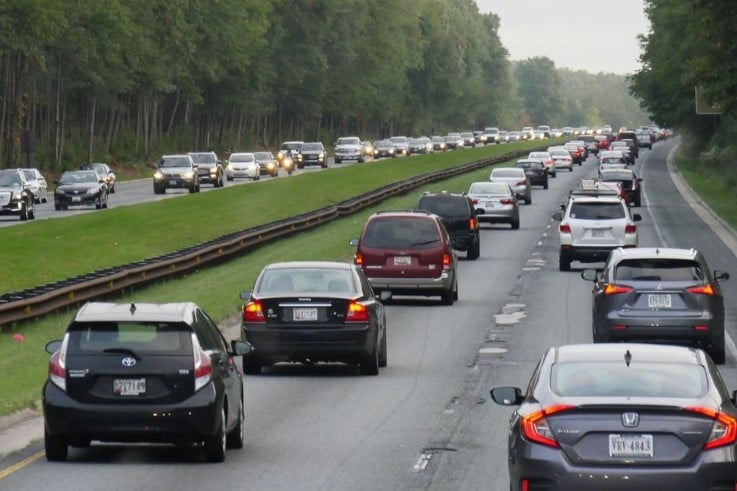
Augmented Images:

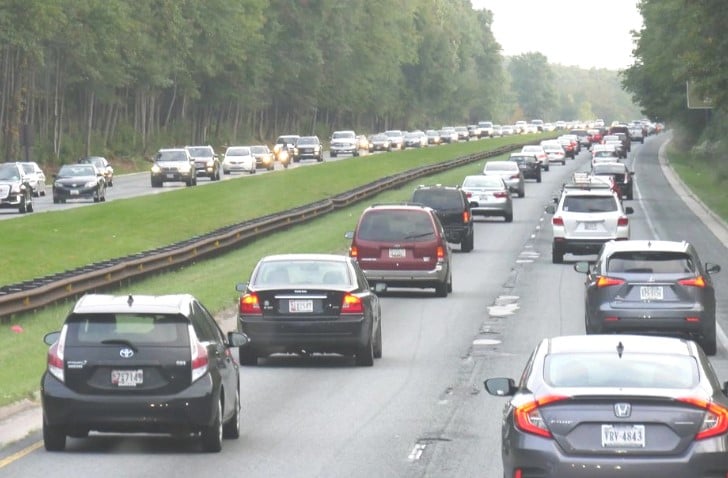
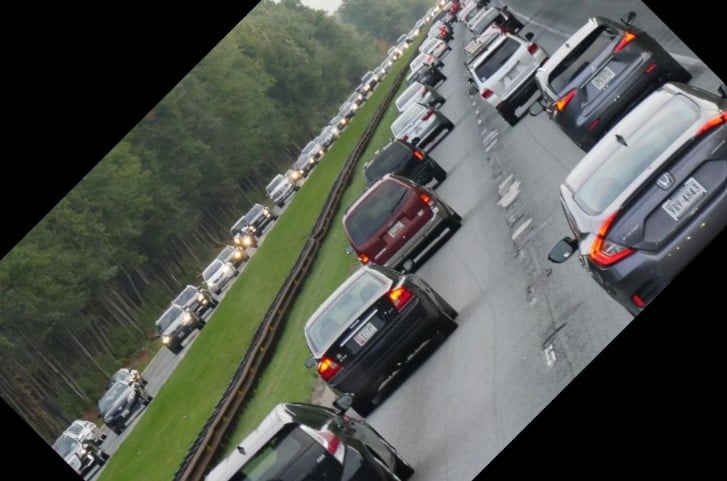
Choosing a Computer Vision Model
Choosing the right model for your staff tracking system impacts the rest of the MLOps workflow. Popular options include Convolutional Neural Networks (CNNs) like YOLO and Faster R-CNN, which are known for their ability to support real-time detection. Recurrent Neural Networks (RNNs) like LSTMs shine at analysing sequences, which can help track movement patterns. Transformer-based models like DETR are also showing promise for object detection. The key is to find the right balance between accuracy, speed, and how much processing power the model needs to run smoothly in real time within the hospital’s environment.
Model Training and Hyperparameter Tuning
Next, we can tune the model’s hyperparameters. These hyperparameters guide the training process and model structure. Key hyperparameters include learning rate (controls update speed), batch size (number of training examples per update), and the number of layers (model depth). We can experiment with different values using techniques like grid search or random search to find the optimal settings.
Model Evaluation and Testing
The final step before deploying the system is model evaluation. We assess its performance using metrics like accuracy (how often staff are correctly identified and tracked), precision (identifying only real staff, not mistaking other objects), recall (finding all the actual staff members, not missing any), and the F1 score (a balance between precision and recall).
But there’s another critical factor to consider and test for inference time, which is the time it takes the model to analyse an image or video frame and make a prediction. For real-time tracking in a hospital, speed is essential. The model needs to identify and track staff with minimal lag so that the administrators can trust the system to provide accurate data for quick decision-making. By following these steps, you can set up an efficient computer vision model for tracking hospital staff.
Model Deployment Encompasses Many Different Elements
Selecting the appropriate deployment strategy for machine learning models in a hospital setting directly contributes to how well it will work. The three primary options are edge, cloud, and on-premise deployment, each with distinct benefits and challenges. Edge deployment runs the model directly on devices within the hospital, offering low latency, reduced data transmission costs, and enhanced privacy but limited processing power and scalability. Cloud deployment hosts the model on platforms like AWS or Google Cloud, providing high scalability, powerful computational resources, and simplified maintenance. However, it may face latency issues and incur ongoing costs. On-premise deployment involves using the hospital’s internal servers, offering complete control over data and compliance with governance policies but requires significant initial investment and maintenance.
Assuming we choose cloud deployment for our hospital staff tracking system, let’s explore what the detailed process might look like. The deployment process involves various elements like strategies for model serving, API integration, and web application integration. Each of these strategies plays a crucial role in creating a seamless and efficient tracking system. Let’s explore each strategy.
Model Serving

The model serving process makes the model accessible for real-time predictions on live video streams from the hospital. A platform like TensorFlow Serving, TorchServe, or NVIDIA Triton Inference Server must be used to achieve this. These platforms specialise in efficiently deploying models.
Next, containerising the model using Docker makes it easier to deploy. Think of a container as a standardised package that bundles your model with all its dependencies. It ensures consistent performance regardless of the environment it’s deployed in, making it easier to scale up or down in the hospital setting. To handle fluctuating workloads within the hospital, you can leverage Kubernetes for auto-scaling. By doing so, the system can automatically add or remove resources based on real-time demands, keeping things running smoothly.
Finally, to monitor the deployed system’s performance and reliability, you can implement monitoring tools like Prometheus and Grafana. These tools track metrics like processing time and model accuracy so that you can identify and address any potential issues before they impact operations.
API Integration
Once your model is served, APIs can be used to connect it to the hospital’s existing ecosystem. APIs act like messengers between different software programs, allowing your tracking model to communicate with other hospital systems. Building RESTful APIs using frameworks like Flask or FastAPI is a common approach. These APIs can receive video frames directly from the hospital’s CCTV system, feed them to your model for processing, and then send the staff tracking data back.
Security is key here since hospital data is highly sensitive. To safeguard this information, we can implement authentication and encryption methods like OAuth and HTTPS. Then only authorised personnel can access the tracking data. Also, hospitals can experience peak traffic periods, so it’s important to prevent the API from getting overloaded. Techniques like rate limiting and throttling can be implemented to control the number of requests the API receives and keep the system responsive and running smoothly.
Another part of API integration is building robust error-handling mechanisms. If the model encounters an issue processing a video frame, the API should return a clear error message and gracefully handle the situation to ensure continued functionality.
Web Application Integration
To get the most out of such a system, a user-friendly web application is needed. An app can offer a visually appealing interface that displays real-time staff locations. Behind the scenes, a powerful backend system retrieves data, stores past information for analysis, and provides secure access through user logins and controlled permissions. By combining a user-friendly interface and secure backend, hospital management can gain a real-time view of their staff movements that ultimately improve decision-making and patient care.
Model Monitoring
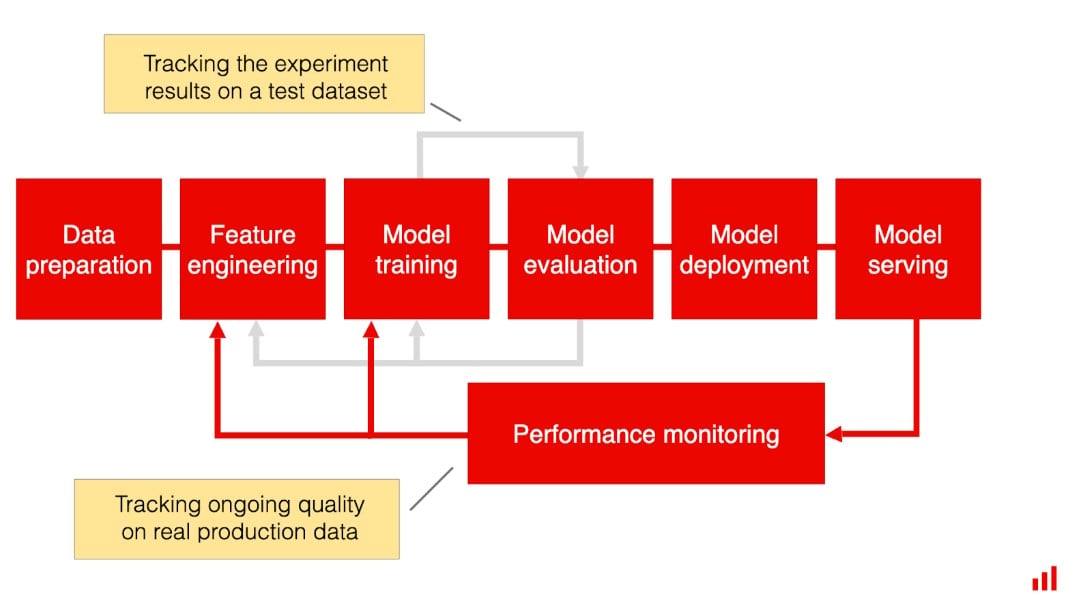
Model monitoring is the most underrated yet key aspect of deploying machine learning models, especially in dynamic environments like hospitals. Once a model is deployed to track hospital staff, its performance needs to be continuously monitored. The model’s accuracy, reliability, and efficiency should be backed by data, and its performance should be tracked. A successful deployment must continue to be a success as well.
Model monitoring encompasses various practices like performance monitoring, data drift detection, and model retraining and redeployment. Each of these practices helps maintain the model’s effectiveness in real-world scenarios.
Data Drifts & How To Detect Them
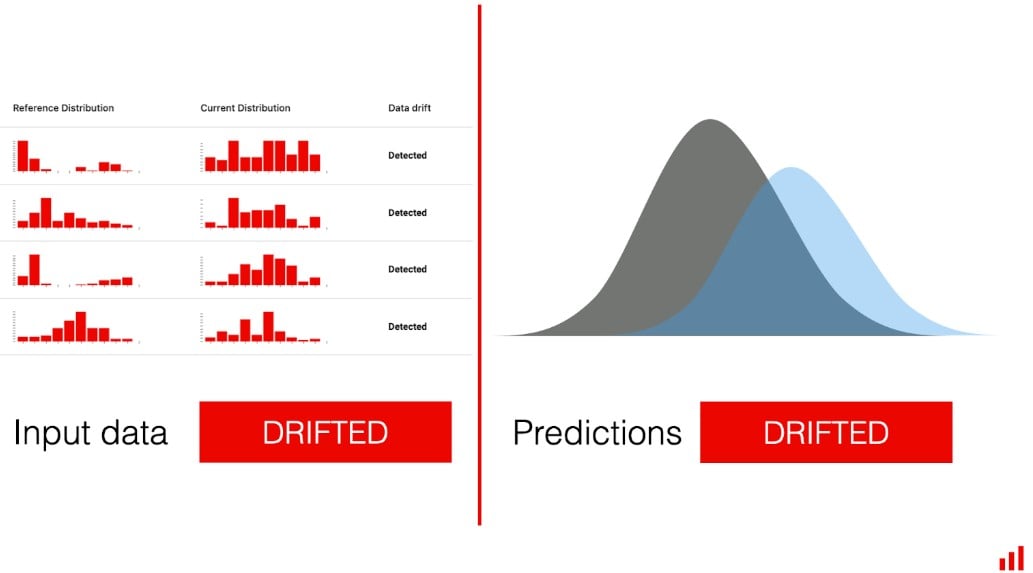
There are factors that impact the model’s overall performance, which must be observed. If there are changes in data patterns during model processing, it can affect the final output. Here are several factors that cause such data drifts;
-
Environmental Changes: Variations in lighting, camera angles, and new equipment placements can affect the video data captured. These changes can lead to the model misinterpreting staff movements.
-
Behavioural Changes: Changes in staff behaviour, such as new protocols or shifts in staff movement patterns, can also cause data to drift. For example, during an emergency, staff might move differently compared to normal conditions.
There are several approaches to detect data drifts that bring down the model’s performance. Statistical tools like Kullback-Leibler divergence and PSI regularly compare new data to the training data, looking for any major differences. The system can also monitor the data it uses, like pixel values in video frames. Significant changes in these distributions can signal data drift. Finally, feedback from the hospital staff and administrators can also reduce data drifts. If they frequently notice misidentifications, it could be evidence that the data patterns have shifted and the model needs retraining.
Model Retraining and Redeployment
To keep the model accurate and reliable over a long period of time, it needs occasional retraining. New hospital data must be collected and labelled to keep the model up-to-date. Retraining can be done periodically, like every few months, to account for changes in staff behaviour and the environment.
To streamline this process, automated pipelines can be built using tools like Kubeflow or MLflow. However, before using the new model, thorough testing and validation are essential. Testing and validation check that the retrained model performs well and meets all the requirements. A gradual rollout is recommended. It’s a good idea to deploy the retrained model in a limited way first to monitor performance and catch any issues before a full launch.
What We Can Offer as TechnoLynx
At TechnoLynx, we pride ourselves on custom software development that meets the specific demands of incorporating technologies like Computer Vision and MLOps into various sectors. Our team’s expertise can help your operations run smoothly and ensure that large data sets are managed efficiently throughout the machine learning lifecycle.
With our skills in MLOps, IoT, computer vision, generative AI, GPU acceleration, natural language processing, and AR/VR/XR, we can help you explore new possibilities for your business. We are dedicated to advancing innovation while maintaining strict safety and ethical protocols. If you are looking to transform your business with innovative MLOps solutions and need an AI consultant, contact us today, and let’s explore the future together!
Conclusion
Machine learning offers powerful tools, like computer vision, for hospitals to improve patient care and resource allocation through real-time staff tracking systems. The key lies in training models with rich datasets that include a variety of scenarios. Choosing the right algorithms, such as CNNs, RNNs, or transformers, allows for accurate and real-time tracking of staff movements. Efficient serving platforms and APIs ensure these models seamlessly integrate with existing hospital systems.
But that’s not all. Continuous monitoring for performance, data drifts, and model retraining is essential. Monitoring ensures the system remains accurate and reliable over time. By following these steps, hospitals can unlock the potential of staff tracking systems, leading to enhanced operational efficiency, improved decision-making, and, ultimately, better patient care.
Check out MLOps for Hospitals - Building a Robust Staff Tracking System (Part 1)
Sources for the images:
-
CloudFactory Limited, 2024. Computer Vision Wiki. [online]
-
Vasconcelos, R. (2021) ‘A guide to ML model serving’, Ubuntu, 17 May.
-
Evidently AI, (n.d.) Model monitoring for ML in production: a comprehensive guide
-
Evidently AI, (n.d.) What is data drift in ML, and how to detect and handle it
-
Freepik (n.d.). DC Studio
References:
-
Ghaemmaghami, M.P., 2017. Tracking of Humans in Video Stream Using LSTM Recurrent Neural Network. Degree Project in Computer Science and Engineering, Second Cycle, 30 Credits. Stockholm, Sweden.
-
Global Market Insights. (2024) ‘Computer Vision in Healthcare Market – By Component (Software [On-premises, Cloud-based], Services), Application (Medical Imaging & Diagnosis, Surgical Assistance, Patient Identification, Remote Patient Monitoring), End-user – Global Forecast (2024 – 2032)’, gminsights
-
Potrimba, P., 2023. What is DETR? Roboflow Blog

